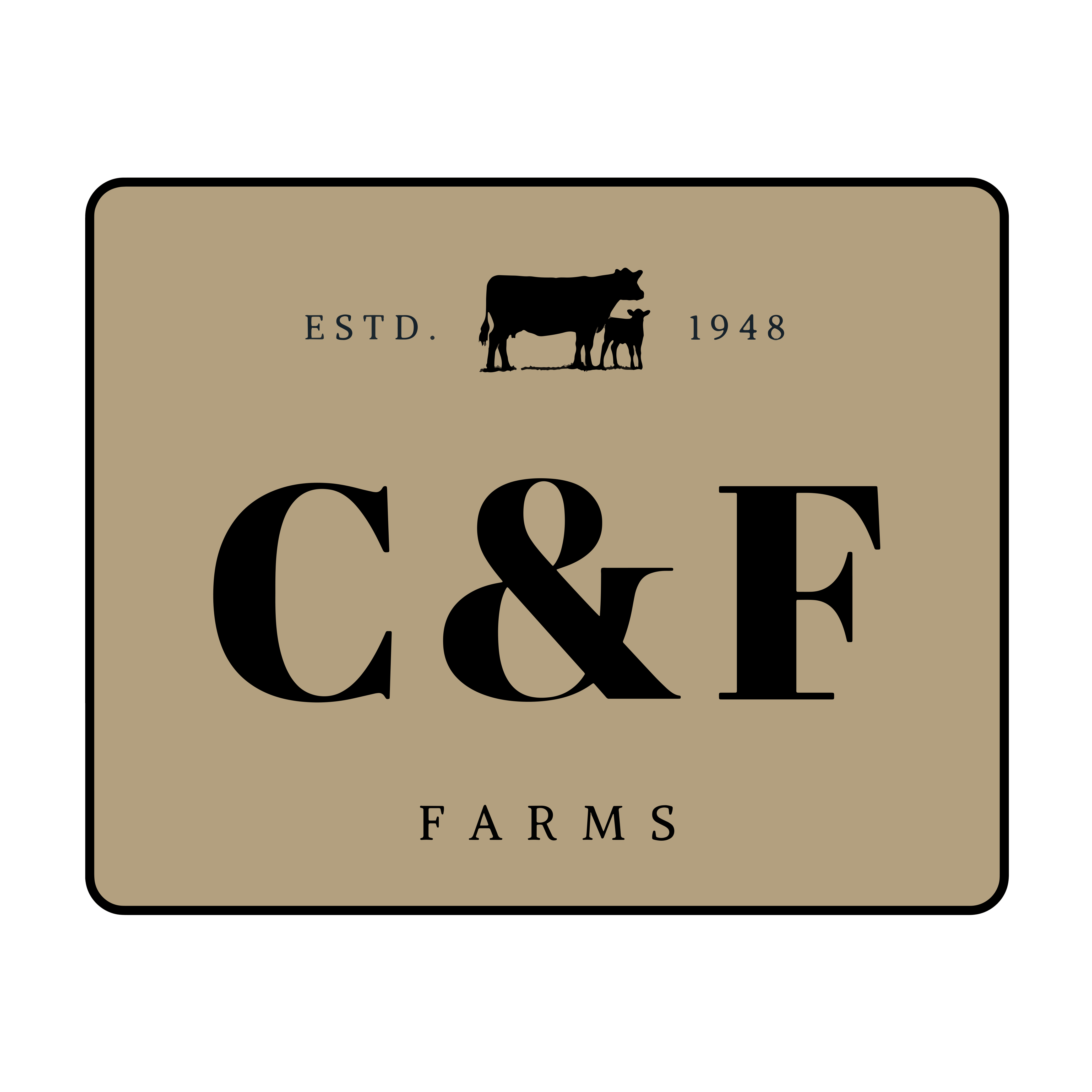Plant Based Meats, The Environment, & Agricultural Impacts Pt.1
posted on
August 20, 2025
Over the years, we’ve had a lot of conversations with our customers about food labels, sourcing, and what’s actually in the food we feed our families. And time and again, one topic keeps popping up—plant-based meat.
In fact I did a short writeup on plant based meats a year or two ago, but since it still keeps coming up I thought I would do a deeper dive!
Over the next 3 weeks I’m going to dig into the topic of plant-based meats and give you some insight into the impacts of fake meat on your health, the agricultural industry and the world as a whole.
You’ve seen it in fast food commercials, popping up on grocery store shelves, and even in flashy tech articles talking about 3D-printed “steaks.”
Yes, that’s a real thing. They’re literally 3D-printing meat.
And I get it—people are trying to eat better, be more conscious of their impact, and find alternatives to the mess of industrial agriculture.
But here’s the thing…
Just because something is labeled as “plant-based” doesn’t mean it’s good for you—or the planet.
So today, I want to take off the gloves (gently) and walk through some questions I think every consumer should be asking about these so-called “fake meats.”
As a farmer committed to regenerative practices and real food, this isn’t about judgment—it’s about education, transparency, and a return to common sense.
1. Can You Make It in Your Own Kitchen?
Here’s a rule of thumb I’ve come to trust over the years:
If you couldn’t make it in your own kitchen, maybe it doesn’t belong on your dinner table.
Let’s look at a typical plant-based burger. One of the leading brands has the following main ingredients:
- Water
- Pea protein isolate
- Expeller-pressed canola oil
- Methylcellulose
- Yeast extract
- Potassium chloride
- Natural flavors
- Titanium dioxide (for color)
That’s not a recipe—it’s a science experiment.
If I asked you to whip up a burger using pea protein isolate and methylcellulose, you’d probably look at me sideways. And you’d be right to. These are highly processed industrial ingredients, not foods you’re going to pick up at the local farmers market.
And while “plant-based” sounds simple and wholesome, most of these products are the opposite—ultra-processed, lab-assembled, and dependent on chemical inputs every step of the way.
2. Can You Pronounce the Ingredients?
Here’s another great rule of thumb…if you can’t pronounce it, maybe don’t eat it.
Now of course, this isn’t a hard science. I’ve met some folks who can pronounce “methylcellulose” just fine. But that doesn’t mean they know what it is—or that it belongs in a burger.
The point is, ingredient labels on these fake meats often read more like a chemistry exam than a recipe. Go ahead and flip over the package of most popular plant-based brands and you’ll find a long list of additives, stabilizers, texturizers, and lab-made flavorings.
Sure, they’re technically “plant-derived,” but they’re not food in any traditional sense of the word.
I saw a great example of this from another farm like ours: they posted three ingredient lists—two from top-selling plant-based burgers, and one from a premium dog food.
And unless you really squint, you’d have a hard time telling which is which.
When you see ingredients like:
- Titanium dioxide (used for color)
- Methylcellulose (a binder made from plant fiber)
- Disodium inosinate (a flavor enhancer)
- Soy leghemoglobin (a heme-like molecule made using GMO yeast)
…you can ask yourself, is this something I’d cook with at home? Or even keep in my pantry?
This isn’t about fear—it’s about awareness. The more we rely on processed, lab-made shortcuts to mimic nature, the more we disconnect from real nourishment.
So yes, reading ingredient lists takes a little time. But once you make it a habit, you’ll start noticing just how unreal many of these “better-for-you” foods really are.
3. Do You Know Where It Comes From?
This one hits close to home—because it is home.
We proudly raise our animals on our farm, on pasture, in the open air. We know the feed, the soil, the weather, and every inch of the land they roam. When we buy from other farms, it’s folks we know and trust—who raise food the right way.
That’s a level of transparency no lab can match.
Meanwhile, the plant-based protein supply chain is… murky, to say the least.
- Roughly 80% of the world’s textured soy protein (a common plant-meat ingredient) is processed in China.
- Pea protein isolate often comes from Canada or Europe, but many of the processing steps are overseas.
- Common additives like canola oil or lecithin often come from GMO sources.



